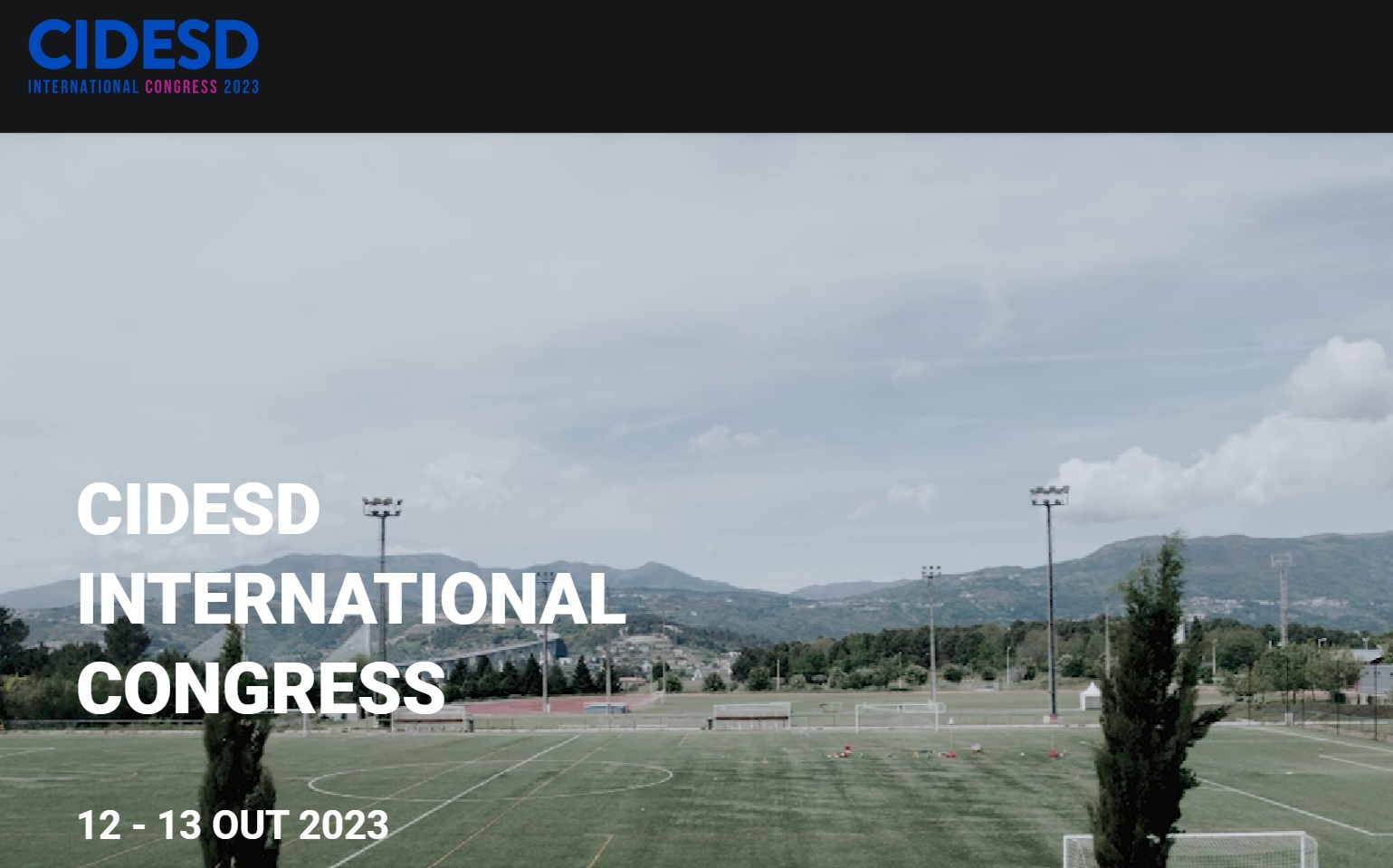Physical activity and the risk of osteoporosis
DOI:
https://doi.org/10.6063/motricidade.31785Palavras-chave:
Physical activity, Osteoporosis risk, HealthResumo
The incidence of osteoporosis (OP) in Portugal is 10.2%, a pathological condition in which bone resorption is greater than bone deposition. According to the World Health Organization, there are two types of risk factors associated with OP - the fixed risk factors and the modifiable risk factors, the latter subject to change, among which the practice of physical activity stands out. The aim of this study was to determine the risk of PB and assess the practice of physical activity in teachers and non-teaching staff of educational institutions in a geographical area of influence of a Health Care Cluster in the North of Portugal. This is a quantitative, cross-sectional and descriptive study, which was approved by the Ethics Committee. The "New Rapid OP Risk Test of the IOF" (TRRO-IOF)2 was used. 2 Given the pandemic context of COVID-19, data collection was carried out electronically. This study included 77 individuals, mostly females (71.4%), with a mean age of 51.6 years. As for the assessment of the risk of PB, the participants reported a family history of PB, according to Loures et al. (2017)3 when stating that these are genetic factors that predispose to the disease, femoral neck fracture (26%), due to a fall but without severity, possibly related to low calcium intake5. As for the assessment of physical activity practice, 67.5% of the participants reported it as less than 30 minutes/day, including housework, gardening, walking, running, etc. The European Union establishes 30 minutes of physical exercise for adults, but at a moderate intensity five days/week, or 20 minutes at a vigorous intensity three days/week4. There is a consensus in the literature that physical activity has benefits throughout the human life cycle, is a predictor of quality of life, minimises the risk of PB, prevents falls, and enhances health gains.
Downloads
Publicado
Edição
Secção
Licença
Os autores dos manuscritos submetidos para publicação deverão ceder, a título integral e permanente, os direitos de autor (copyright) à revista Motricidade e às Edições Sílabas Didáticas. A cedência de direitos de autor permite a publicação e divulgação do artigo em formato impresso ou eletrónico e entrará em vigor a partir da data de aceitação do manuscrito. Os autores concedem, ainda, os direitos para a revista Motricidade utilizar e explorar o respetivo artigo, nomeadamente para licenciar, ceder ou vender o seu conteúdo a bases de resumos/indexação ou outras entidades.
Nos termos da licença “Creative Commons”, os autores poderão reproduzir um número razoável de exemplares para uso pessoal ou profissional, mas sem fins comerciais. Nos termos da licença SHERPA/RoMEO, os autores poderão, ainda, disponibilizar/arquivar uma cópia digital final (versão postprint) do artigo no seu website ou no repositório científico da sua instituição.


